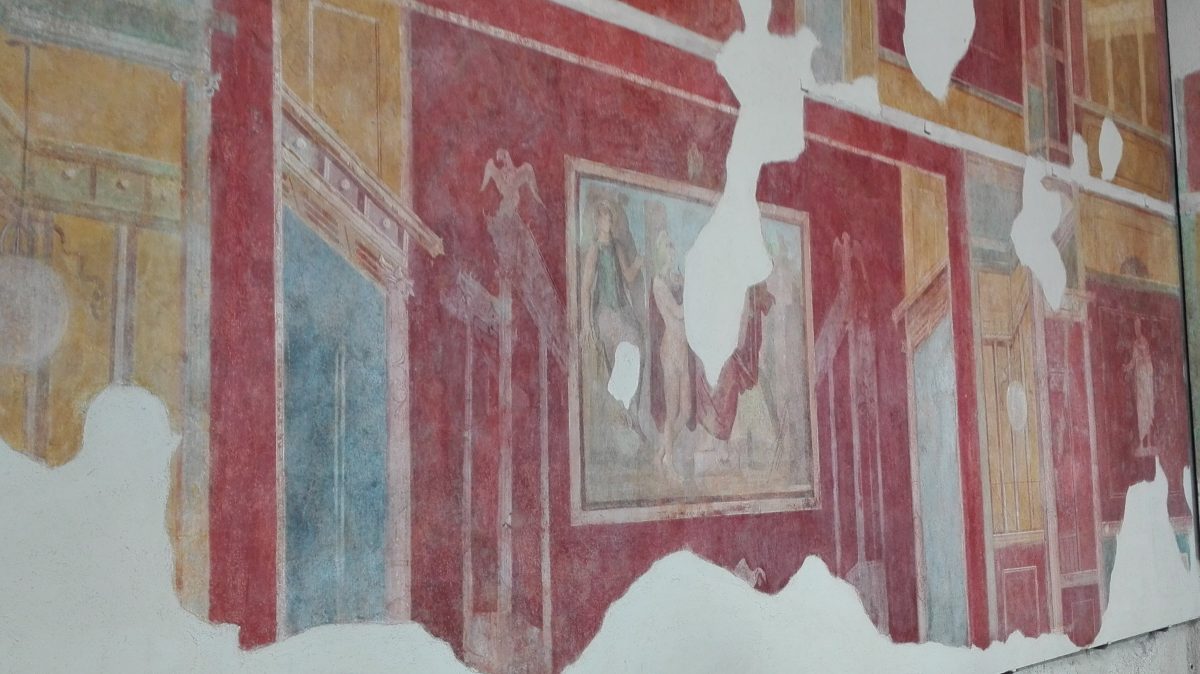Constructions of desire and masculinity in ancient Roman wall paintings
19 October, 16.15, Topelia A 109
Three spaces of entertainment, three pictorial ensembles representing desire, three images of a beautiful youth offering a drink to the supreme god – his lover. How did images of Ganymede, the pin-up of homoerotic charm in antiquity, frame the Roman banquet where real life slave boys would play his role? How was the myth combined with and juxtaposed to other images of mythological desire? How did they work together in the construction of the norms of Roman masculinity? In this paper I explore the relationship between erotic mythological paintings and the ancient viewer’s erotic subjectivity in the context of a banquet. I argue that an image can be thought of as a performance participating in the performative production of gender. Viewers would have reflected it against the norm which the image would have contemporarily helped to construct. Since selfhood and the norms of desire were seen through the ideal of masculine, phallic control, it would have determined the framework for the viewing. However, the illusory nature of images would have enabled vicarious exploration of counter-normative possibilities, and the decorations might have played with this tension.

